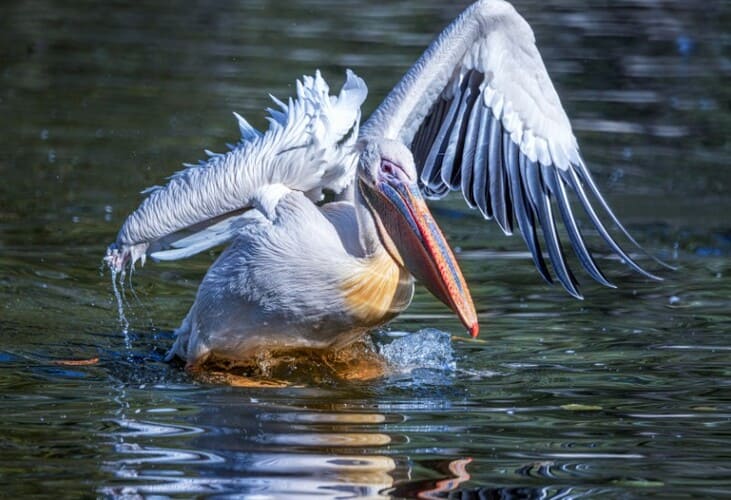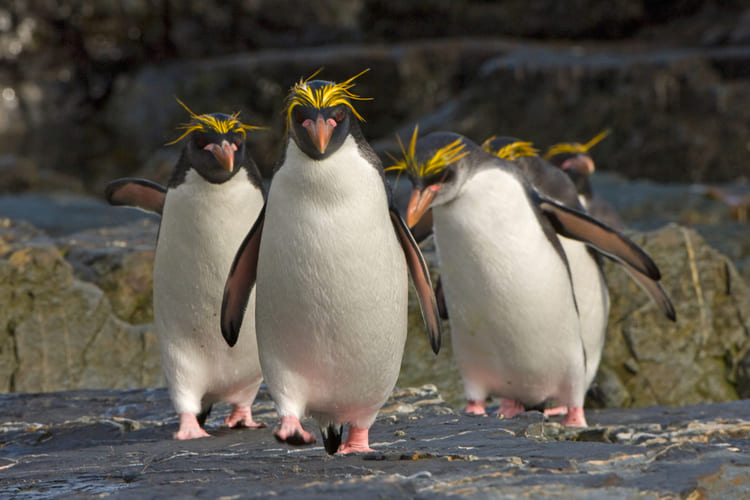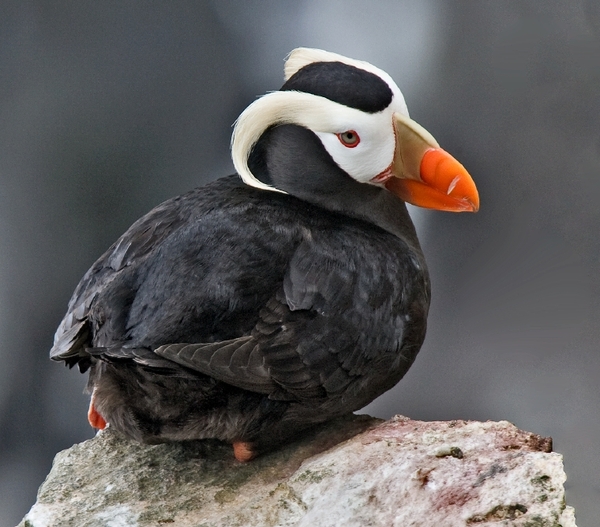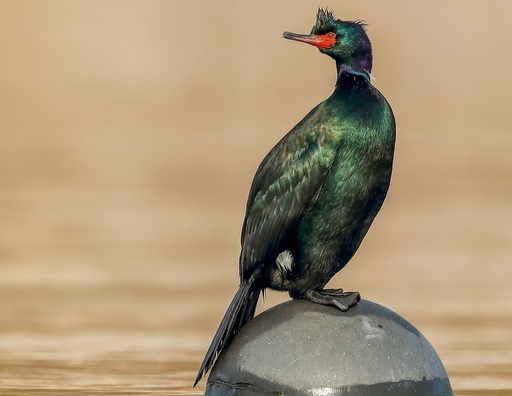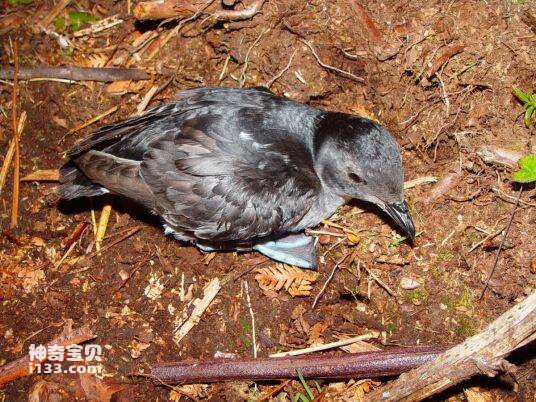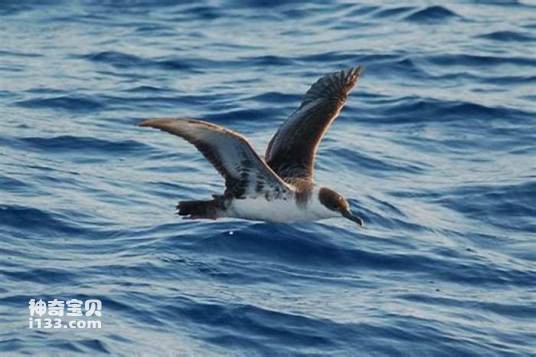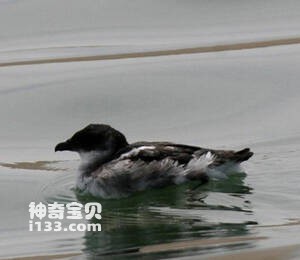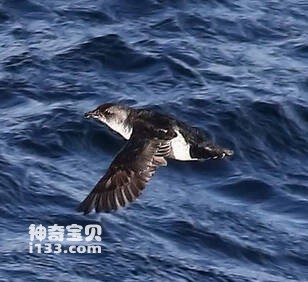Hymenolaimus malacorhynchos
IUCN
LCBasic Information
Scientific classification
- name:Hymenolaimus malacorhynchos
- Scientific Name:Hymenolaimus malacorhynchos
- Outline:Waterfowl
- Family:
Vital signs
- length:About 53 cm
- Weight:800-1000g
- lifetime:About 8 years
Feature
It has a darker bluish-grey plumage, with signature chestnut markings on the chest
Distribution and Habitat
It is endemic to New Zealand and is found mainly in the South Island. Mountain blue duck only inhabits and exists in rivers and streams, like clean water quality and good vegetation, is a unique breed of New Zealand, is also a rare water duck, in the mountainous fast-flowing stream area can be called a strong swimmer, even in the fast-flowing water is not willing to fly away. People are hard to find and discover.
Appearance
The mountain blue duck is 53cm long, the male weighs 1000g, and the female weighs 800g. The mountain blue duck, as the name suggests, has darker blue-gray plumage, with signature chestnut markings on its chest. The eyes are yellow, the duck's beak is light pink, and the young duck has a gray beak and eyes. From both sides of its tip hang hypertrophic skin flaps.
Details
The mountain blue duck has two subspecies, Hymenolaimus malacorhynchos.

The male's call is like a whistle, while the female's is like a saber-rattling growl. Mountain blue duck only inhabits and exists in rivers and streams, like clean water quality and good vegetation, is a unique breed of New Zealand, is also a rare water duck, in the mountainous fast-flowing stream area can be called a strong swimmer, even in the fast-flowing water is not willing to fly away. People are hard to find and discover.
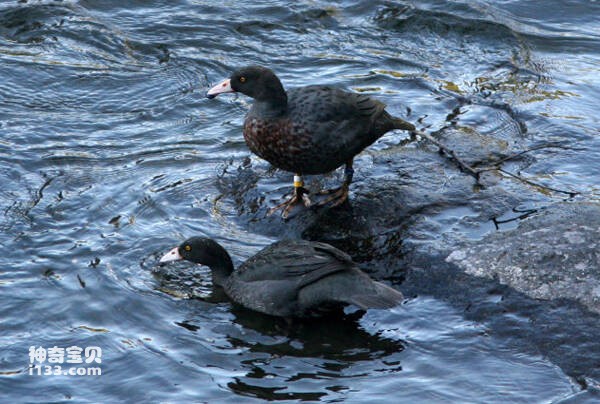
Mountain blue ducks nest in caves and crevices near rivers, and females usually lay a clutch of six eggs per year. The ducklings were fed invertebrates, especially stone moths and maggots. The average life expectancy is 8 years.
The main reason why the mountain blue duck is endangered is habitat loss. In addition, water pollution caused by vegetation grazing along the river and the depletion of many rivers limit the difficult survival of blue ducks in the mountains. Predatory mammals such as weasels have also played a role in reducing the species' range and population development.
Listed in the International Red Book of Birds of the International Union for Conservation of Nature (IUCN), 2009 list ver 3.1 - Endangered (EN).
Protect wild animals and eliminate wild meat.
Maintaining ecological balance is everyone's responsibility!

